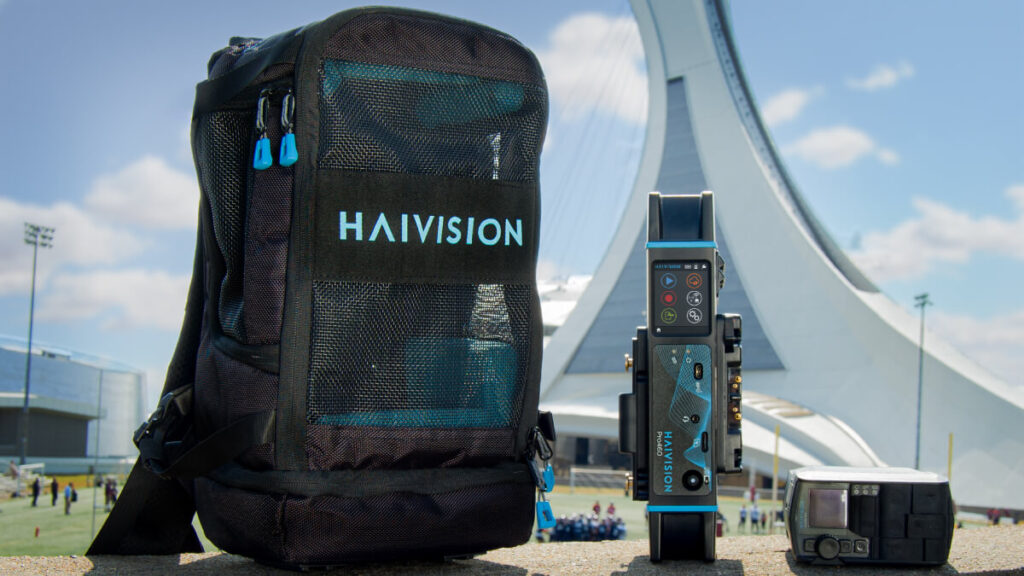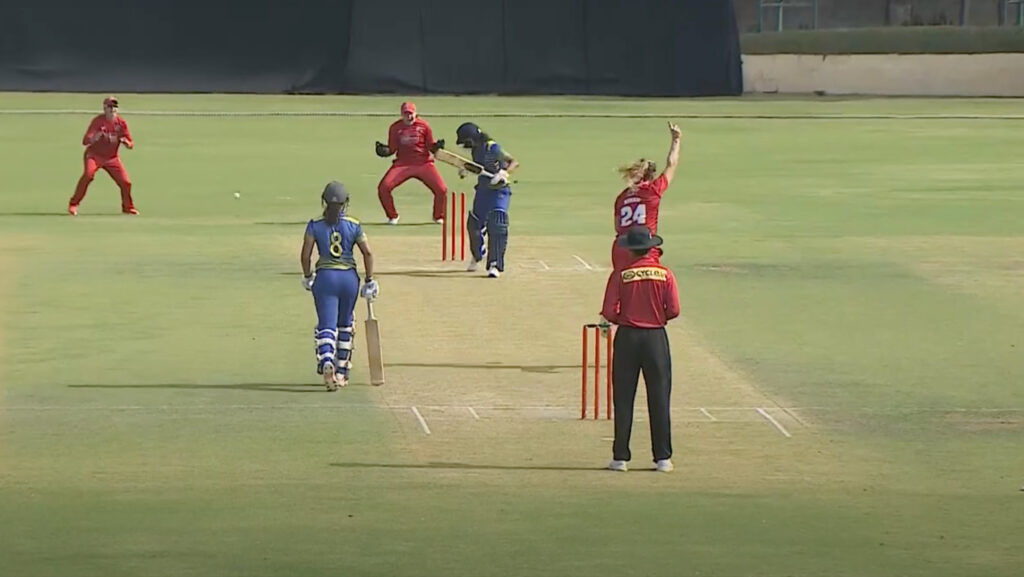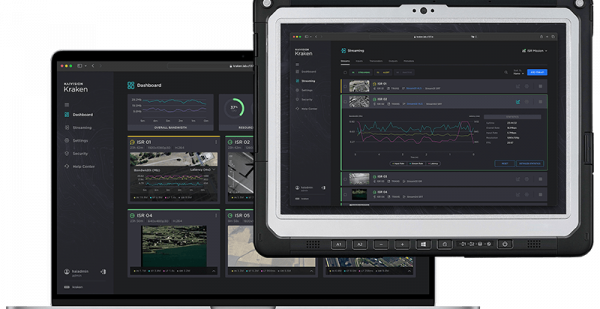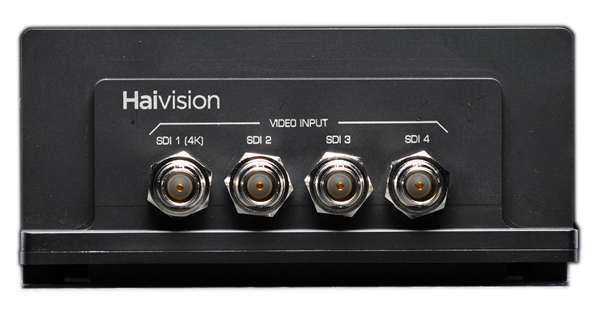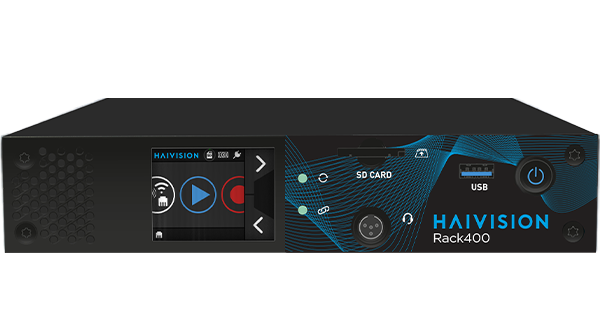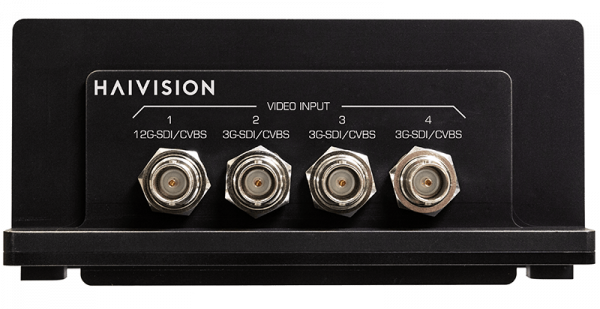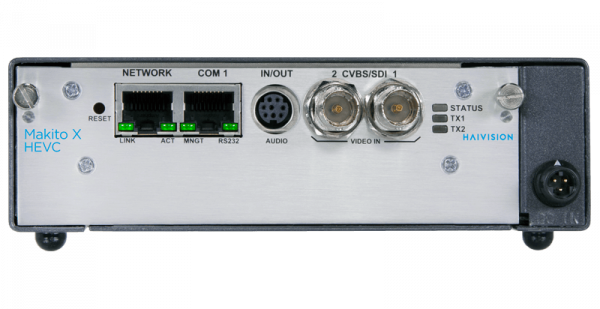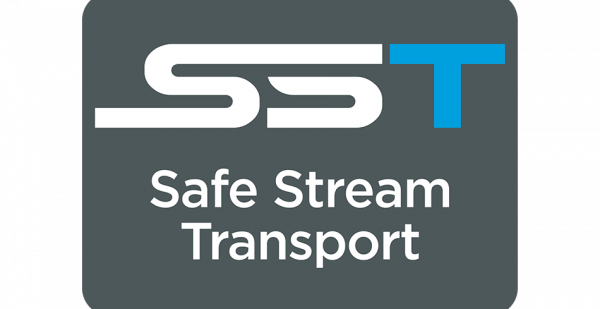Closed Captions
Closed captioning is a technique for displaying text on a television, video screen, or other visual display. The purpose is to provide additional information to the viewer, typically a written transcription of the audio track. This is essential for video within enterprises and across the world to satisfy equal access regulations for digital services provided to people with sensory, cognitive, or physical disabilities.
Most commonly, closed captions are created from a transcription of the audio of a program as it occurs. Closed captions can also include descriptions of the non-speech elements of a program — such as background noise or action sounds.
Closed captions are transmitted along with the video picture as a special coded signal, and require a decoder in your television or cable box to be selectively visible (almost all modern TVs and cable boxes include such a decoder).
“Closed” captions differ from “open” captions in that they are not visible until activated by the viewer. Activating closed captions is typically done via remote control or the menu option. “Open” captions, which are also known as “burned-in”, “baked on”, or “hard-coded” are visible to all viewers.
Latest Blog Articles

